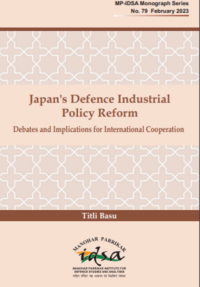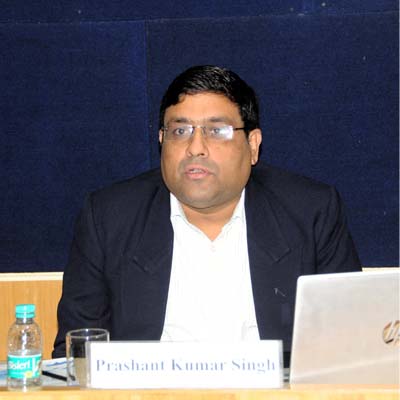EU–China and EU–India: A Tale of Two Strategic Partnerships
More than a decade has passed since the European Union (EU) signed strategic partnerships with China (2003) and India (2004). The EU’s ‘honeymoon’ with China was over within a few years while cooperation on truly strategic issues with India is yet to emerge. The core of both these relationships is still economics.
- Gulshan Sachdeva
- July 2014













